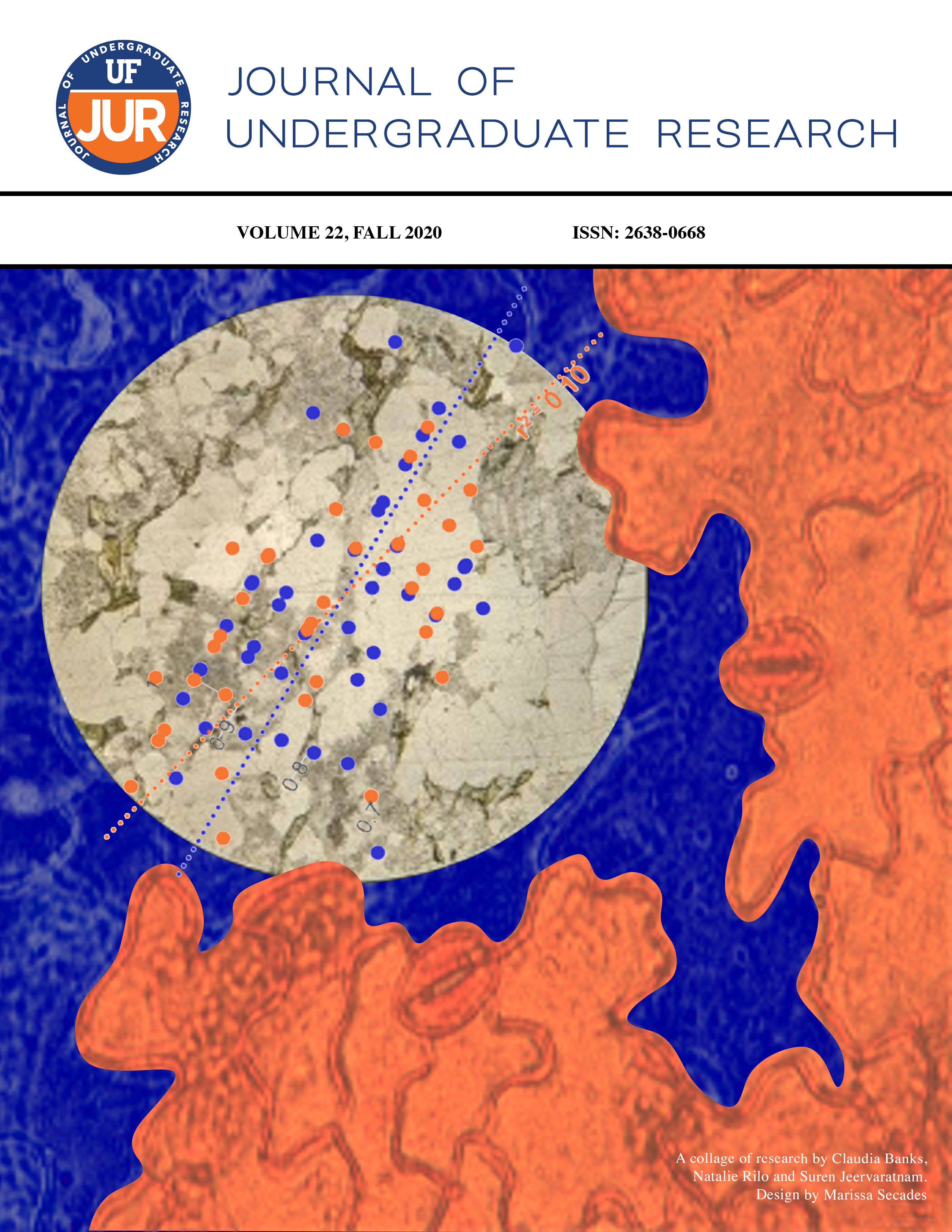Paul Rudolph’s and Carlo Scarpa’s Interaction with the Environment
DOI:
https://doi.org/10.32473/ufjur.v22i0.120561Keywords:
architecture, environmentAbstract
This paper examines how Paul Rudolph and Carlo Scarpa design buildings in a seemingly harsh environment to connect occupants to that which is around them. It involves the study of Fondazione Quarini Stampalia and Camping Fusina by Scarpa, along with the Umbrella House and the Healy Guest House by Rudolph, analyzing the buildings through methods of site visits, photography, and drawing. Specifically, it analyzes how the architects frame the environment, experiment with view, explore visible connection of the ground, planning for the inevitable flooding that will occur, and creating a feeling of safety for people to positively interact with what is around them. This study determines that while all these methods are important in designing buildings, it is how the architects develop an appreciation of the environment by the occupants that is imperative in designing for the future of Florida. For a more resilient Florida that can handle the environmental pressure being forced on it while also developing a design language that makes Florida’s architecture stand out.
Metrics
Downloads
Published
Issue
Section
License
Some journals stipulate that submitted articles cannot be under consideration for publication or published in another journal. The student-author and mentor have the option of determining which journal the paper will be submitted to first. UF JUR accepts papers that have been published in other journals or might be published in the future. It is the responsibility of the student-author and mentor to determine whether another journal will accept a paper that has been published in UF JUR.

